![]()
![]()
![]()
Use LEFT and RIGHT arrow keys to navigate between flashcards;
Use UP and DOWN arrow keys to flip the card;
H to show hint;
A reads text to speech;
20 Cards in this Set
- Front
- Back
- 3rd side (hint)
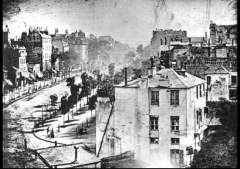
|
Daguerre, Boulevard du Temple, Paris, c. 1840 |
Early Photography. Shows the advantages of the new technique |
|
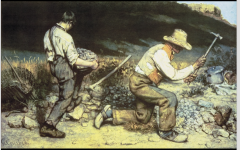
|
Gustave Courbet, The Stone Breakers, 1850 (destroyed 1945) |
Realism. Anonymous everyday people. Not considered worthy of artistic attention |
|

|
Rosa Bonheur, The horse Fair, 1850 |
Realism |
|

|
Anonymous, Two unidentified women, ca. 1850 |
Early Photography. Historical permanence available to more of the population |
|
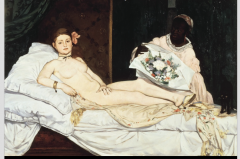
|
Edouard Manet, Olympia, 1860. bridges gap between Realism and Impressionism) |
Impressionism. Most famous in the history of modern art. Only image of goddess isokay to view nude. Unfinished look |
|
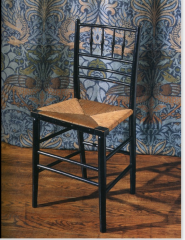
|
William Morris, Sussex Chair, 1860 |
Arts and Crafts |
|
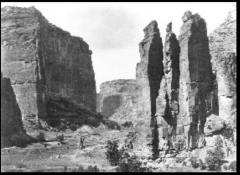
|
Timothy O’Sullivan, Canyon de Chelly, Arizona., ca. 1870 |
Early Photography |
|
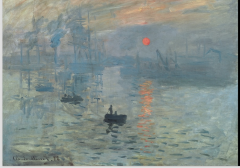
|
Claude Monet, Impression: Sunrise, 1870 |
Impressionism. Tube paint. No prep |
|
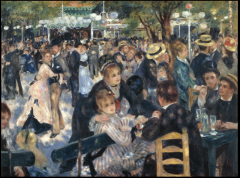
|
Pierre-Auguste Renoir, Le Moulin de la Galette, 1870 |
Impressionism. Middle class leisure |
|
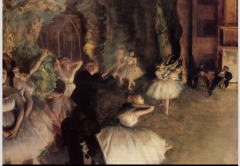
|
Edgar Degas, The Rehearsal on Stage, ca.1870 |
Impressionism. Cheap entertainment. Photo crop |
|
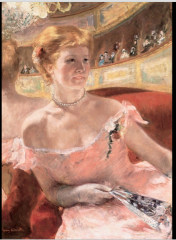
|
Mary Cassatt, Woman in a Loge,1880. |
Impressionism. Mary Independentlywealthy, american, freedom |
|
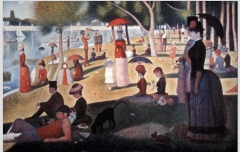
|
Georges Seurat, Sunday Afternoon on the Grande Jatte. 1880 |
Post-Impressionism. Systematic,scientific method of paint application |
|
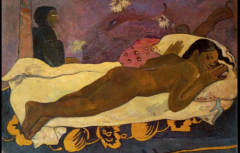
|
Paul Gauguin, Manao tupapau (The Specter Watches over Her), 1890 |
Post-Impressionism. Seems more chaste, but actually more scandalous (not white, young) |
|
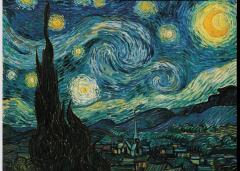
|
Vincent van Gogh, Starry Night, 1890 |
Post-Impressionism. Influenceof Japanese woodblock prints. Meditation on death? |
|
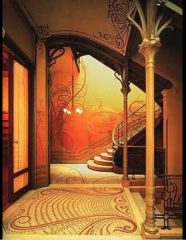
|
Victor Horta, Stairwell of interior, Tassel House, Brussels, 1890. |
Art Nouveau. Stylistic unity goal, makethings look better |
|
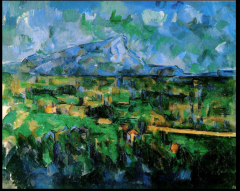
|
Cezanne, Mont Sainte-Victoire Seen from Les Lauves, 1900 |
Post-Impressionism |
|
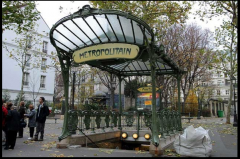
|
Hector Guimard, Entrance to the Paris Dauphine Métropolitain Station, Paris, 1900. |
Art Nouveau. Believed industrial rev lackedartistic meritSmall scale productionDesign for skilled craftsmen, not machines |
|
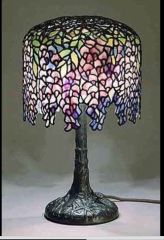
|
Louis Comfort Tiffany, Table Lamp, c. 1900. |
Art Nouveau. Manufactured but looks hand made |
|
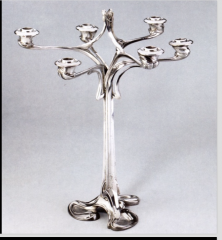
|
Henry van de Velde, Candelabra,1900 |
Art Nouveau. Ininterior design and handcrafted objects, used “whiplash” |
|

|
Henri Matisse, Le Bonheur de Vivre (The Joy of Life), 1900 |
Fauvism. Reject Renaissance pictorialwindow - not about capturing what something looks like in real life |

